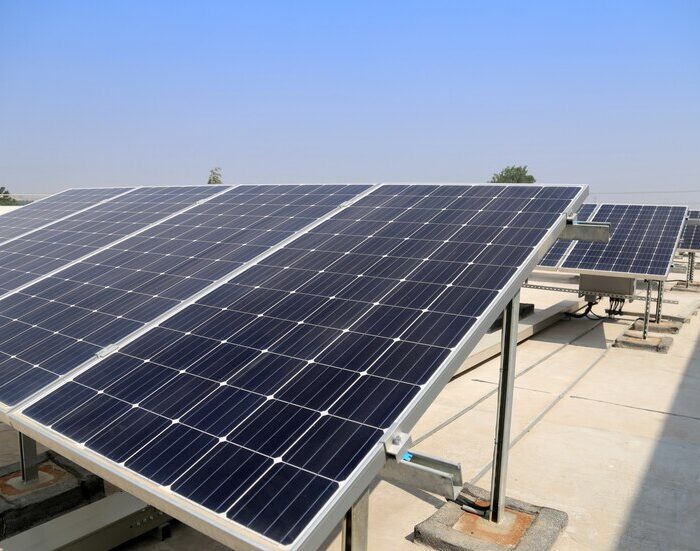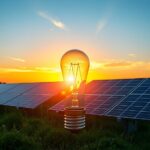Solar panels are becoming an increasingly popular choice for both homes and businesses, offering a clean, renewable source of energy. However, understanding the different types of solar panels, their efficiency, and the installation process can be overwhelming.
1. Types of Solar Panels
There are three main types of solar panels commonly used in residential and commercial installations:- Monocrystalline Solar Panels: These are made from a single, pure crystal structure and are known for their high efficiency and sleek design. They perform well even in low-light conditions, making them a popular choice for both homes and businesses.
- Polycrystalline Solar Panels: These are made from multiple crystal structures, which makes them less efficient than monocrystalline panels but also more affordable. They are a great option if you’re looking for a cost-effective solar solution.
- Thin-Film Solar Panels: These panels are lightweight and flexible, made from materials like cadmium telluride or amorphous silicon. While they have a lower efficiency rate compared to crystalline panels, they are ideal for projects that require flexible or portable solar solutions.
2. Solar Panel Efficiency
The efficiency of a solar panel refers to the amount of sunlight it can convert into usable electricity. Higher efficiency panels generate more electricity in a smaller space, making them a good option for rooftops with limited surface area. Here are some factors that influence the efficiency of solar panels:- Material: Monocrystalline panels generally offer the highest efficiency, followed by polycrystalline and thin-film panels.
- Temperature: Solar panels perform better in cooler temperatures. High heat can reduce their efficiency, so it’s important to consider your location’s climate when selecting panels.
- Shading: Even a small amount of shade on your solar panels can significantly reduce efficiency. Proper placement and installation are crucial to ensuring maximum exposure to sunlight.
3. Installation Tips for Solar Panels
Proper installation is key to getting the most out of your solar panels. Here are some tips to ensure a successful installation:- Site Assessment: Before installing solar panels, it’s important to conduct a thorough site assessment. This involves evaluating the roof’s structure, orientation, and any potential shading from nearby trees or buildings.
- Optimal Tilt and Direction: In the Northern Hemisphere, solar panels should ideally face south to capture the most sunlight throughout the day. The angle of the panels should also be adjusted based on your location’s latitude for maximum efficiency.
- Professional Installation: While DIY solar panel kits are available, it’s recommended to hire a professional installer. They will ensure the panels are securely mounted, wired correctly, and optimized for efficiency.
- Permits and Regulations: Depending on your location, you may need to obtain permits or adhere to specific regulations before installing solar panels. Working with a professional installer will help ensure you comply with local laws.




